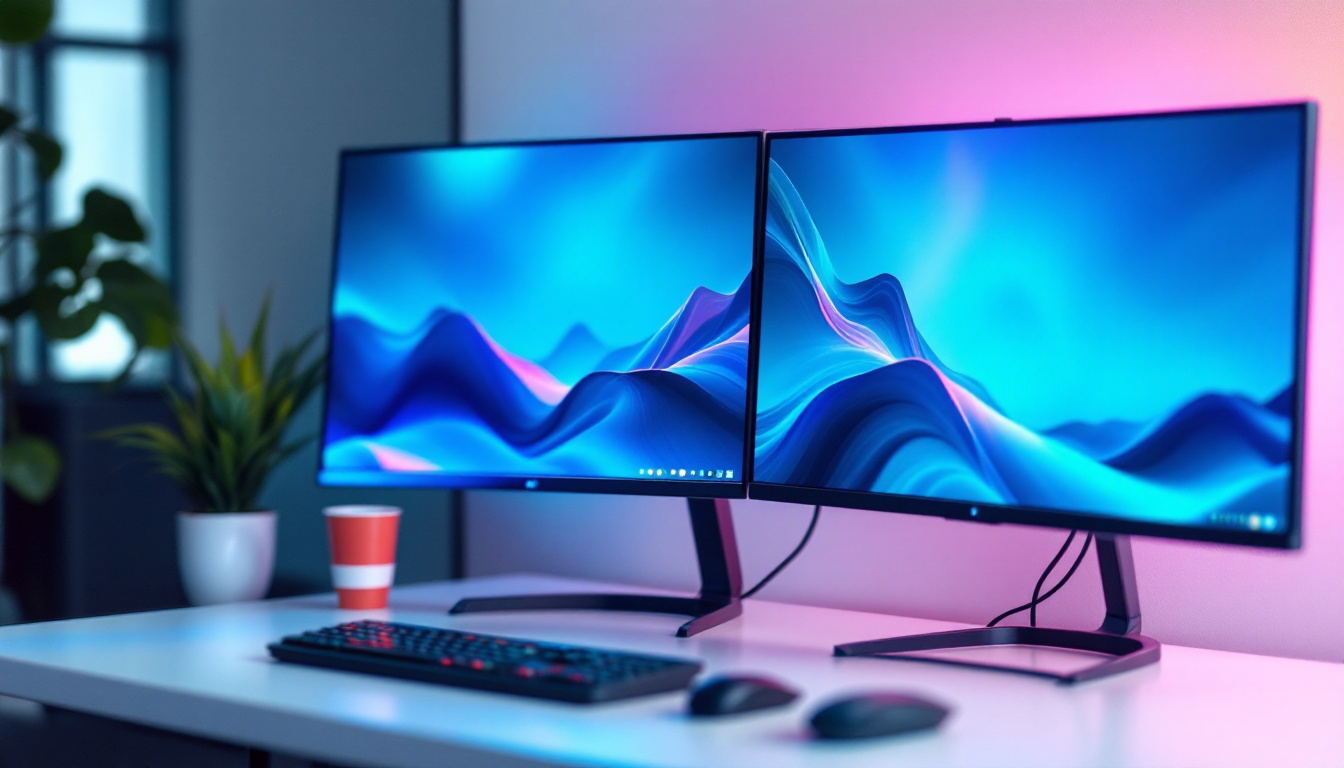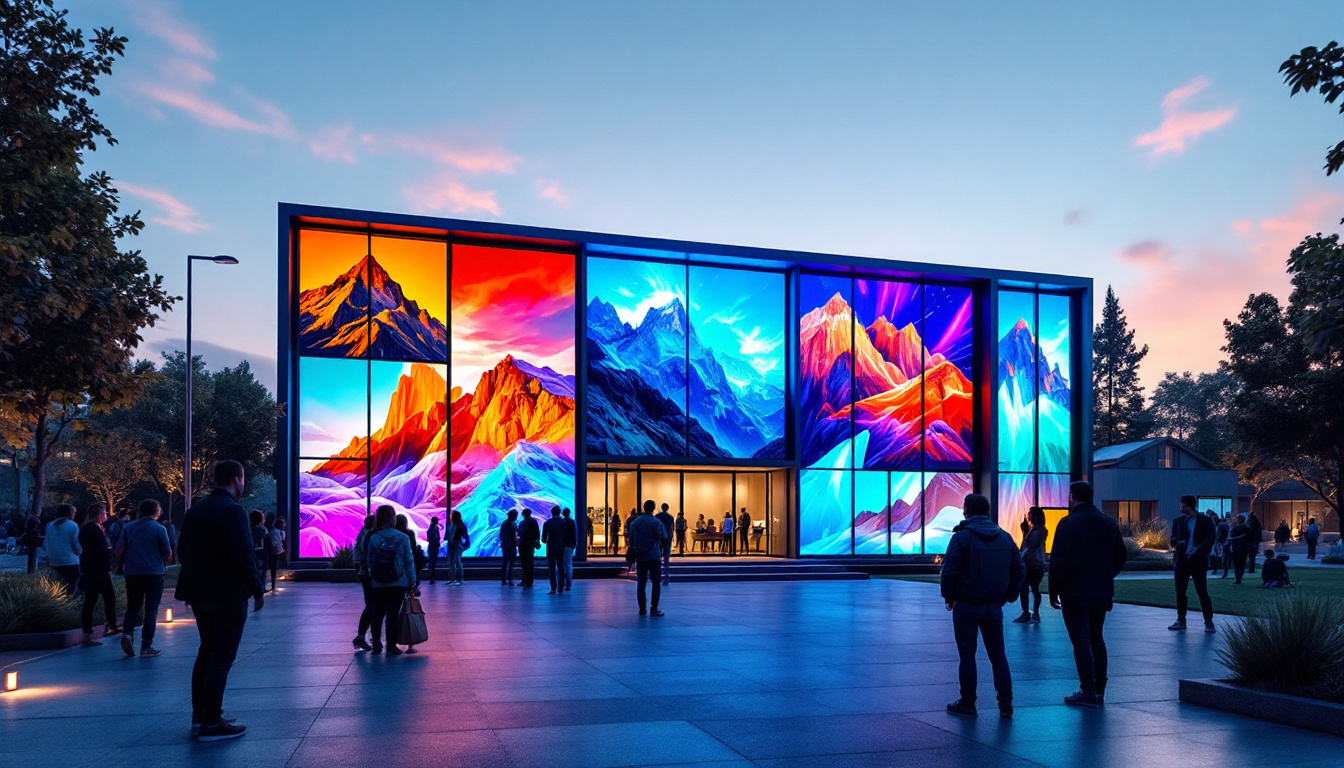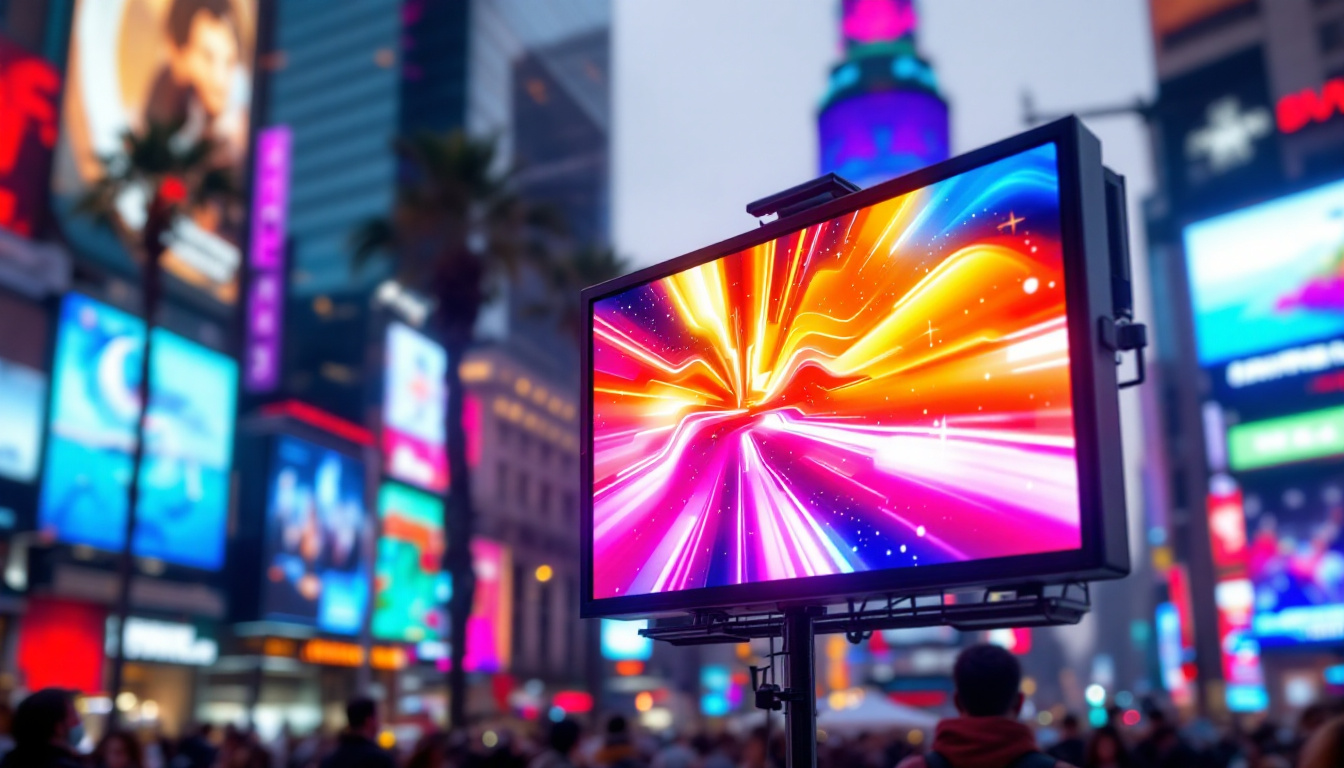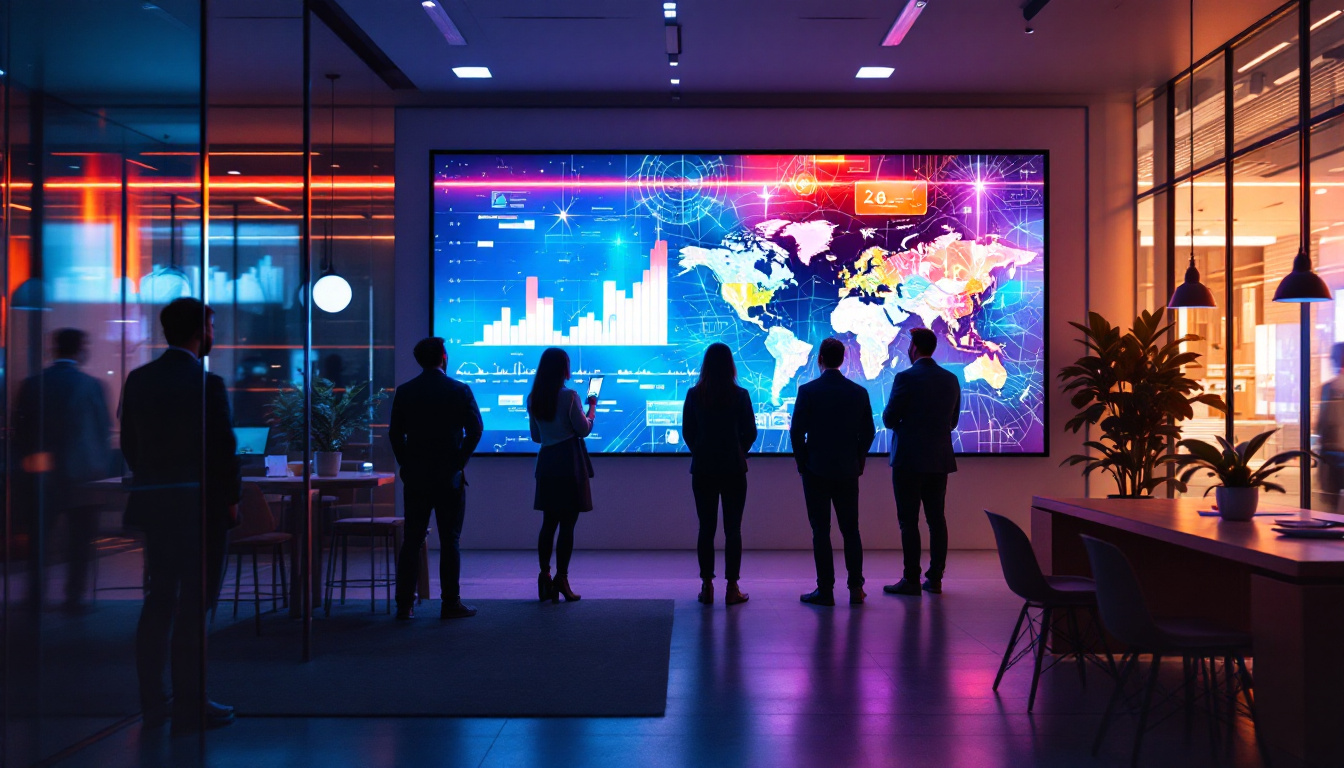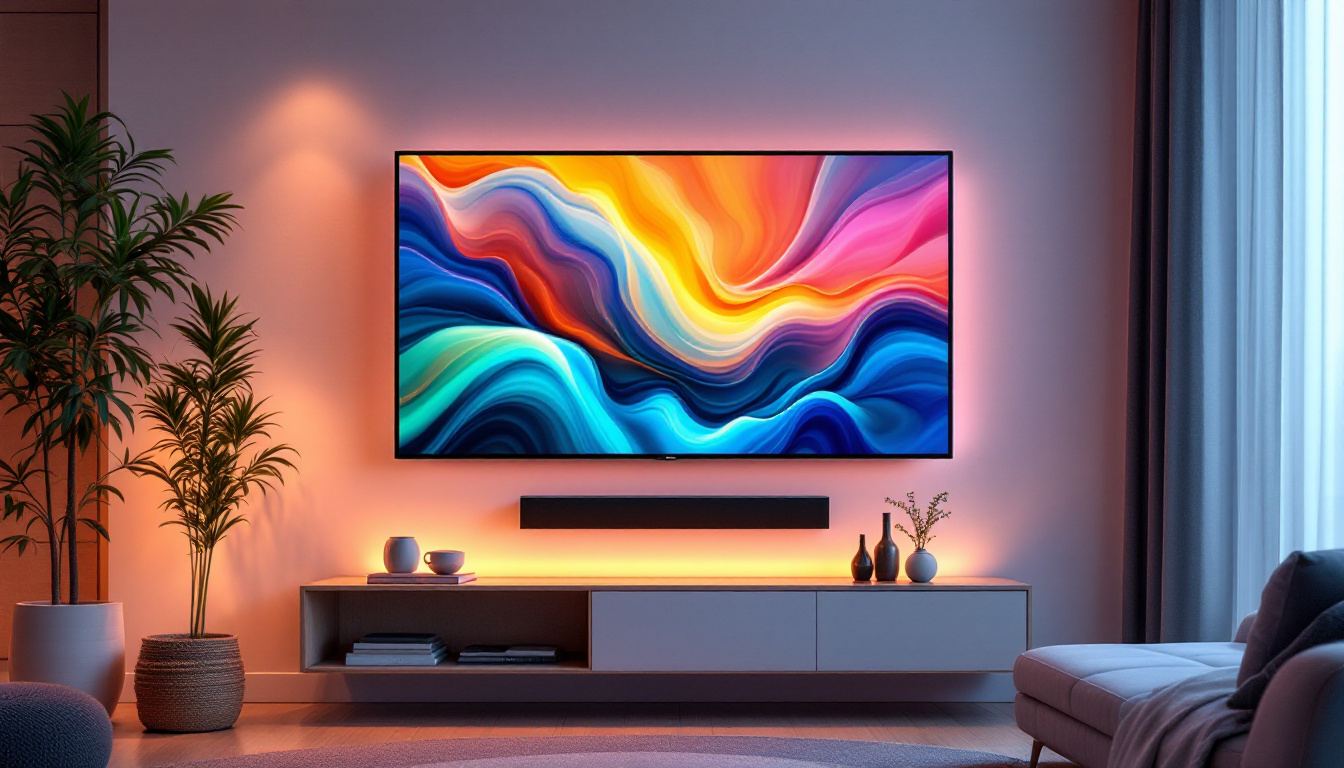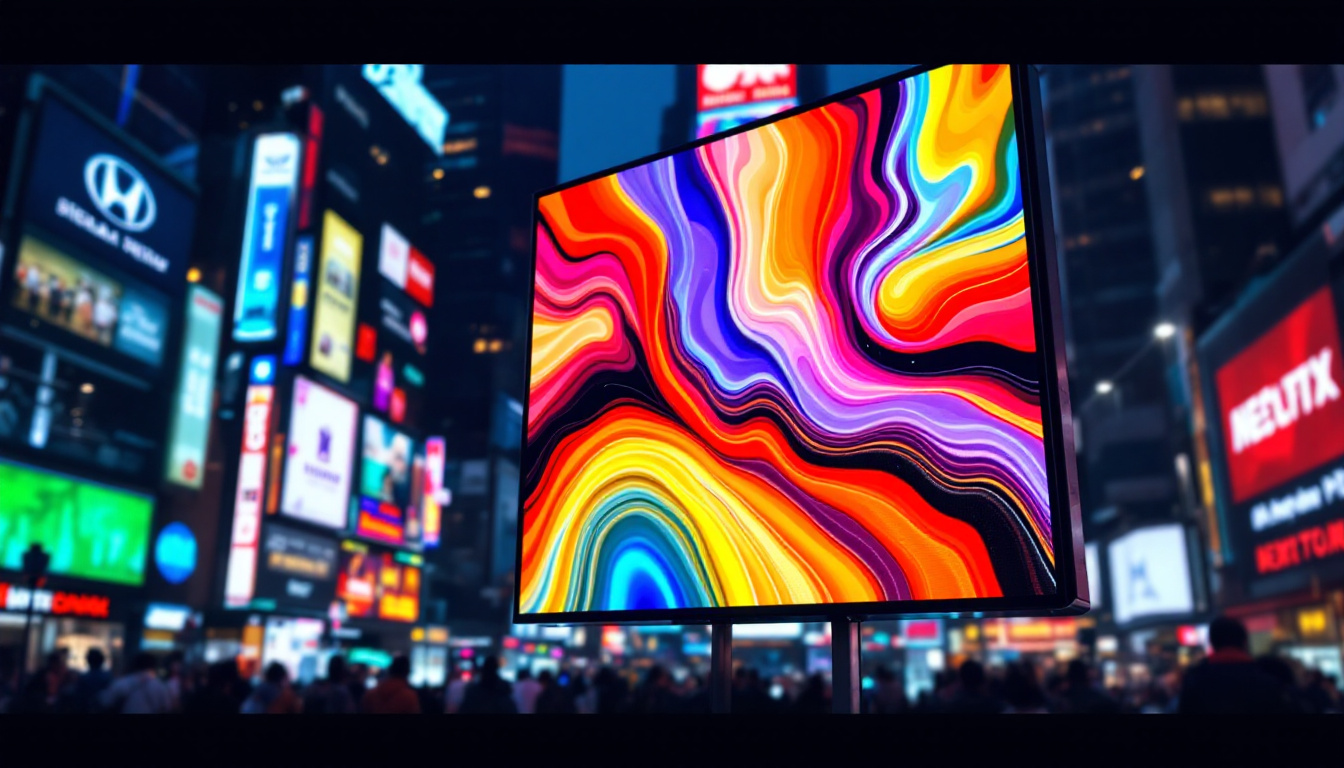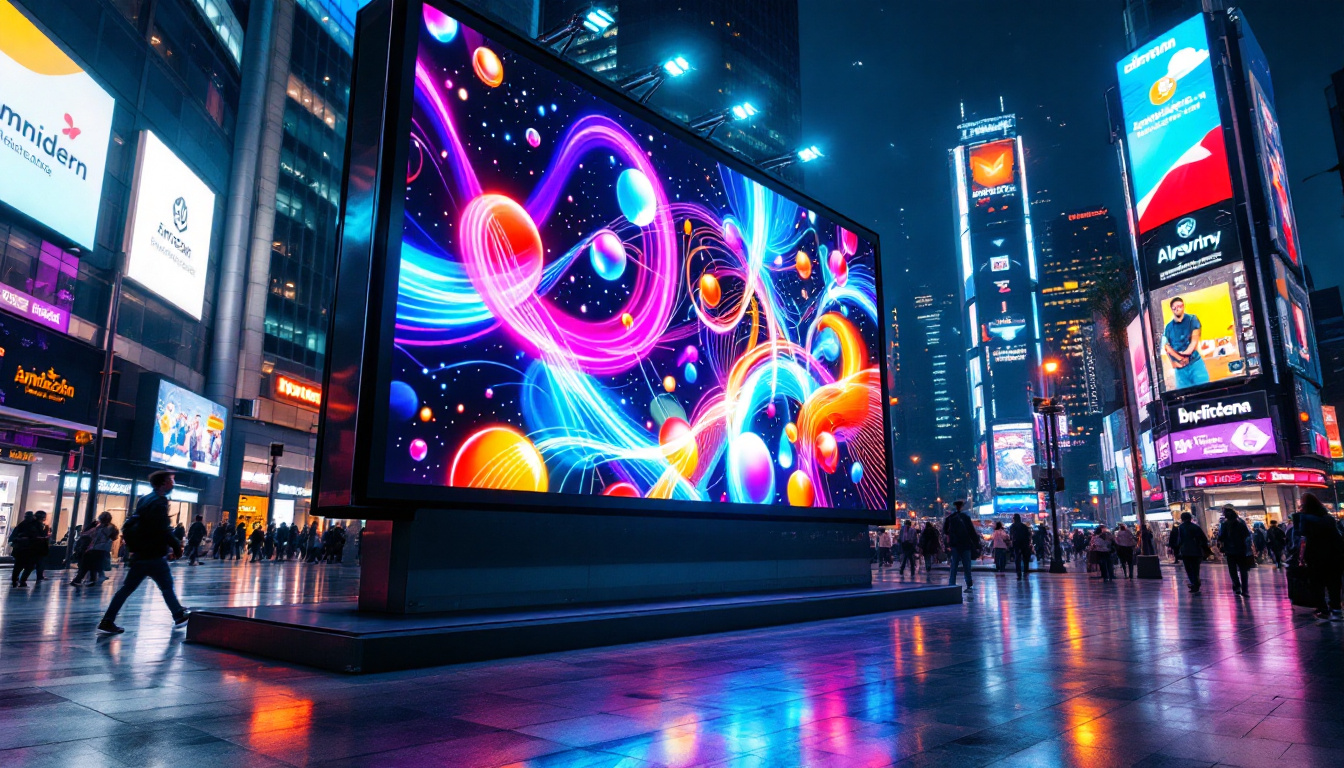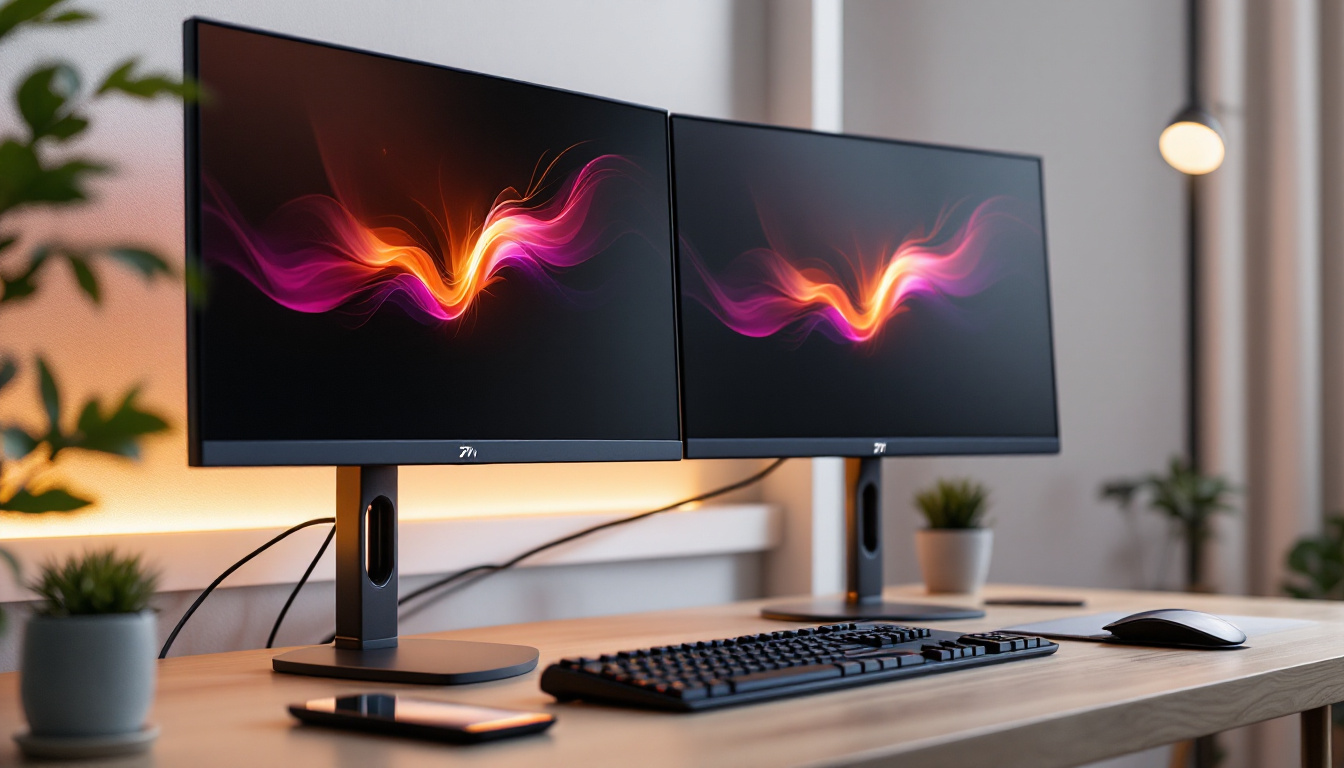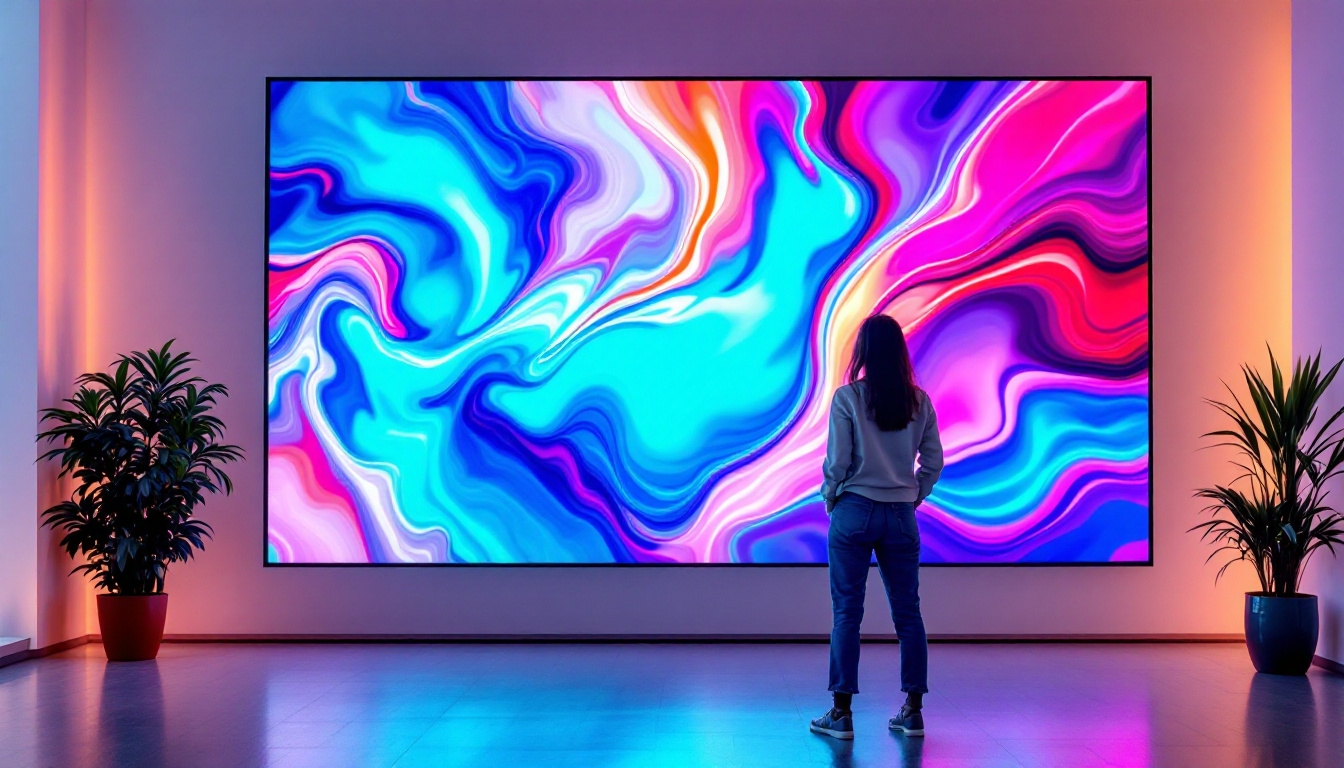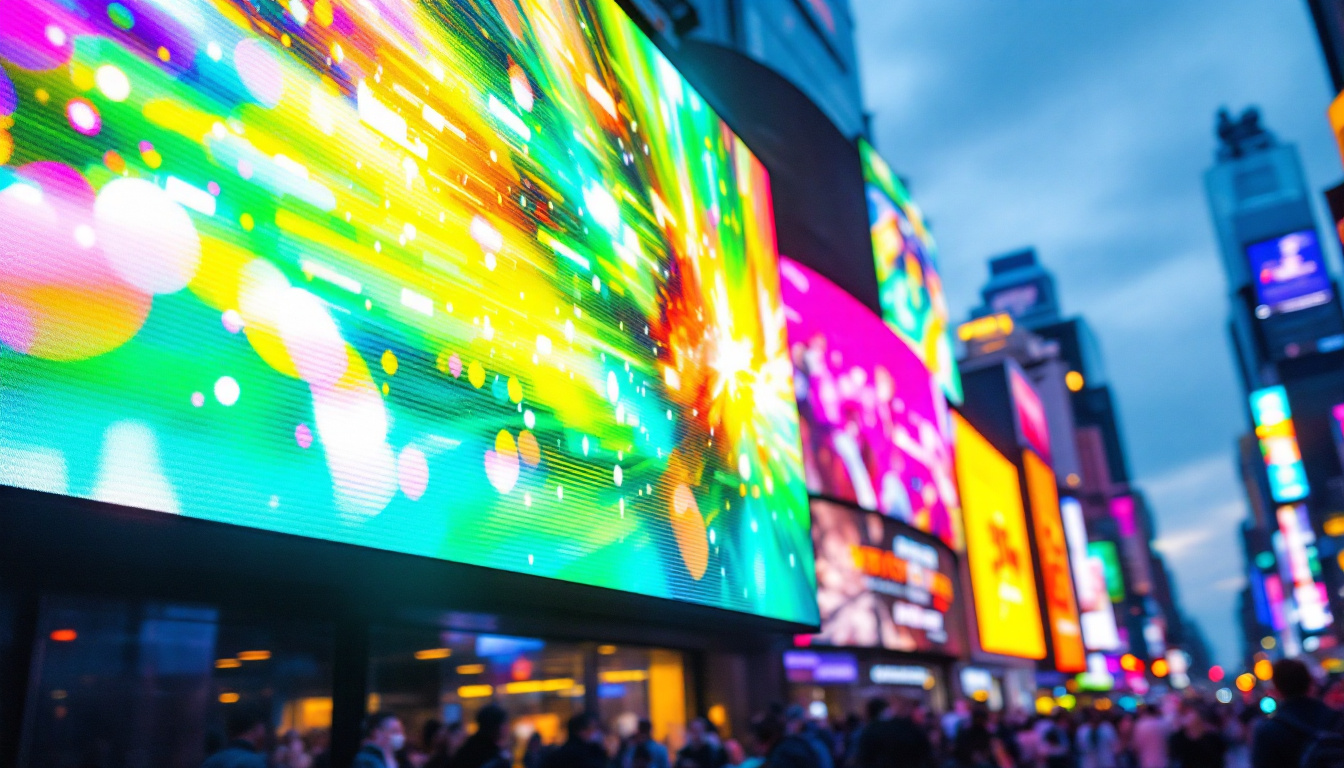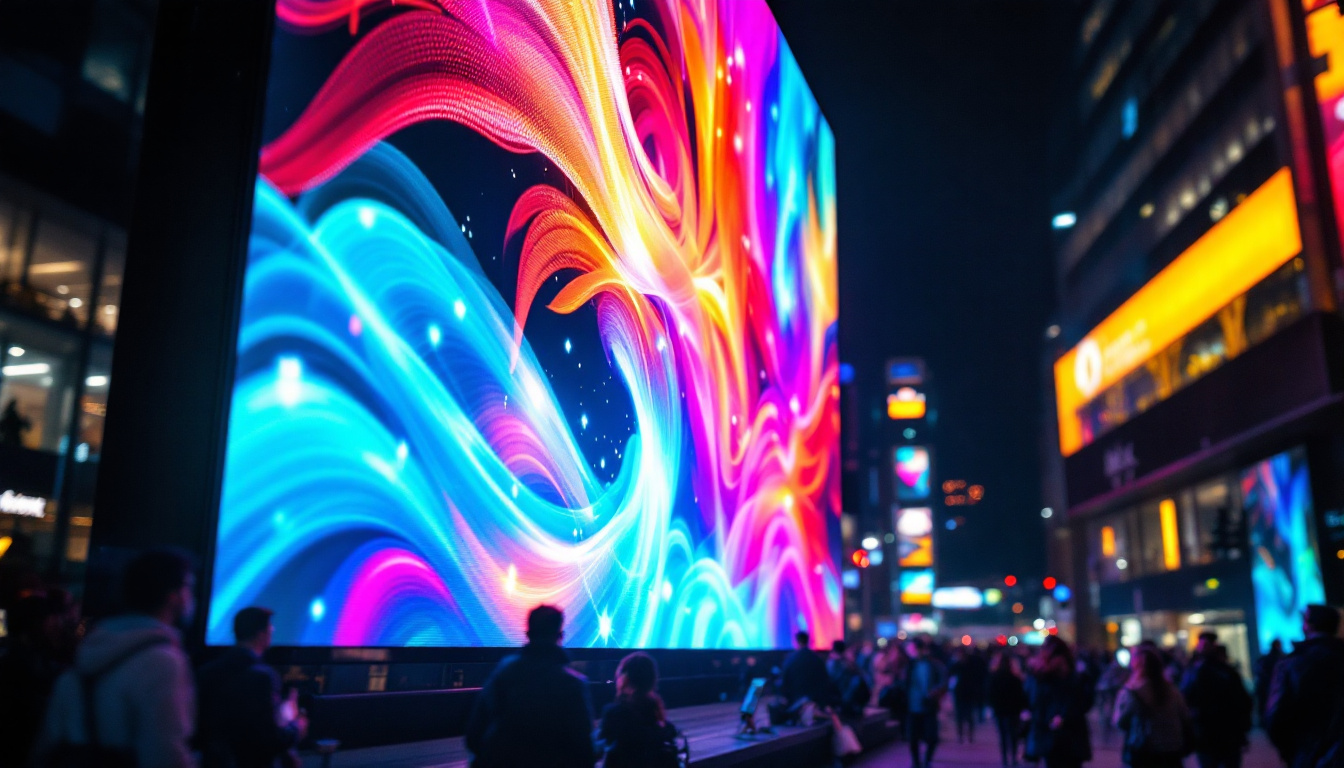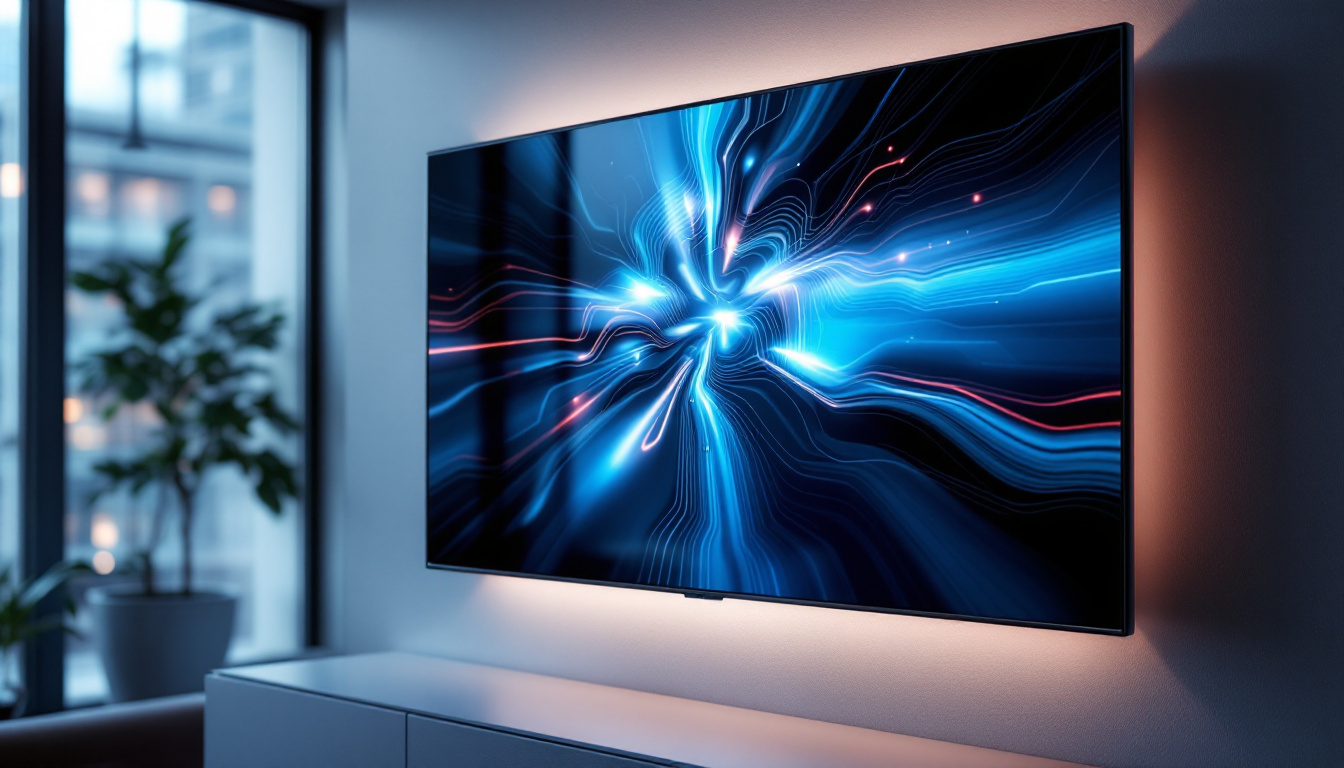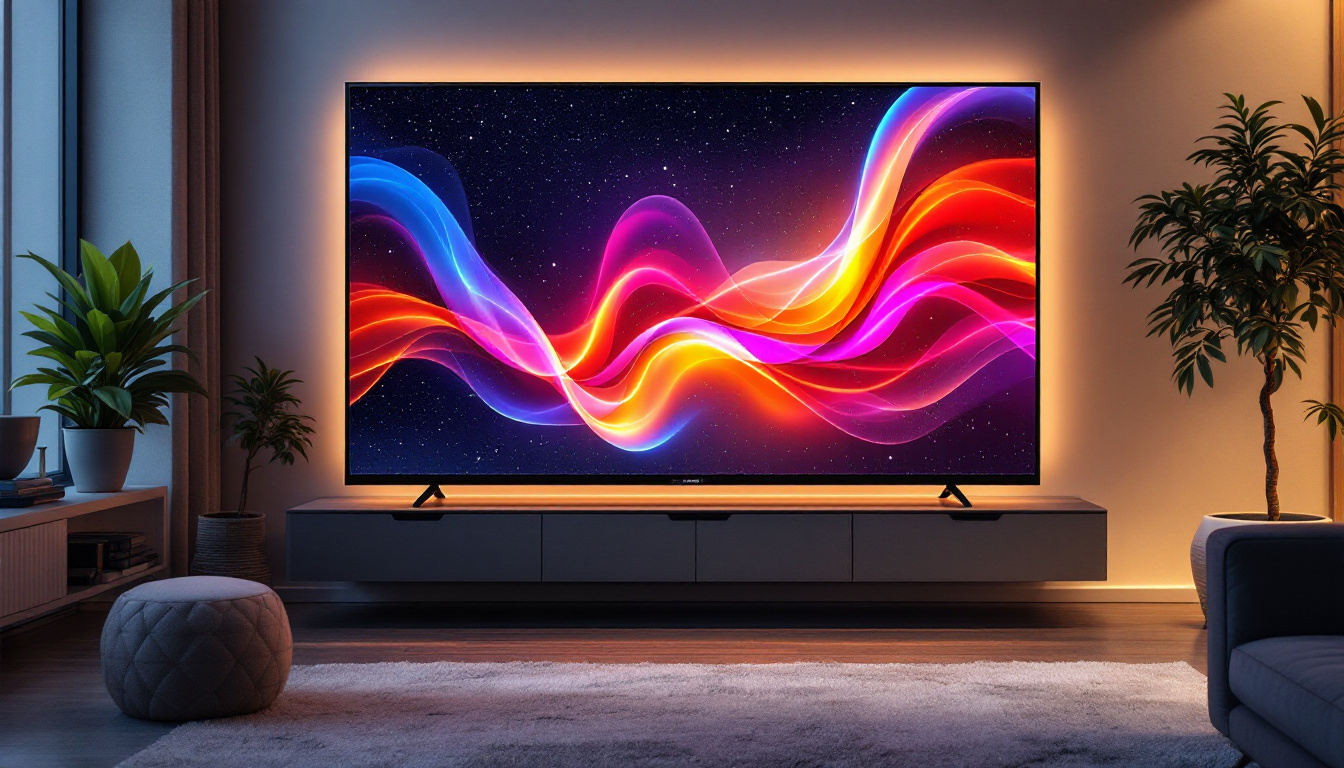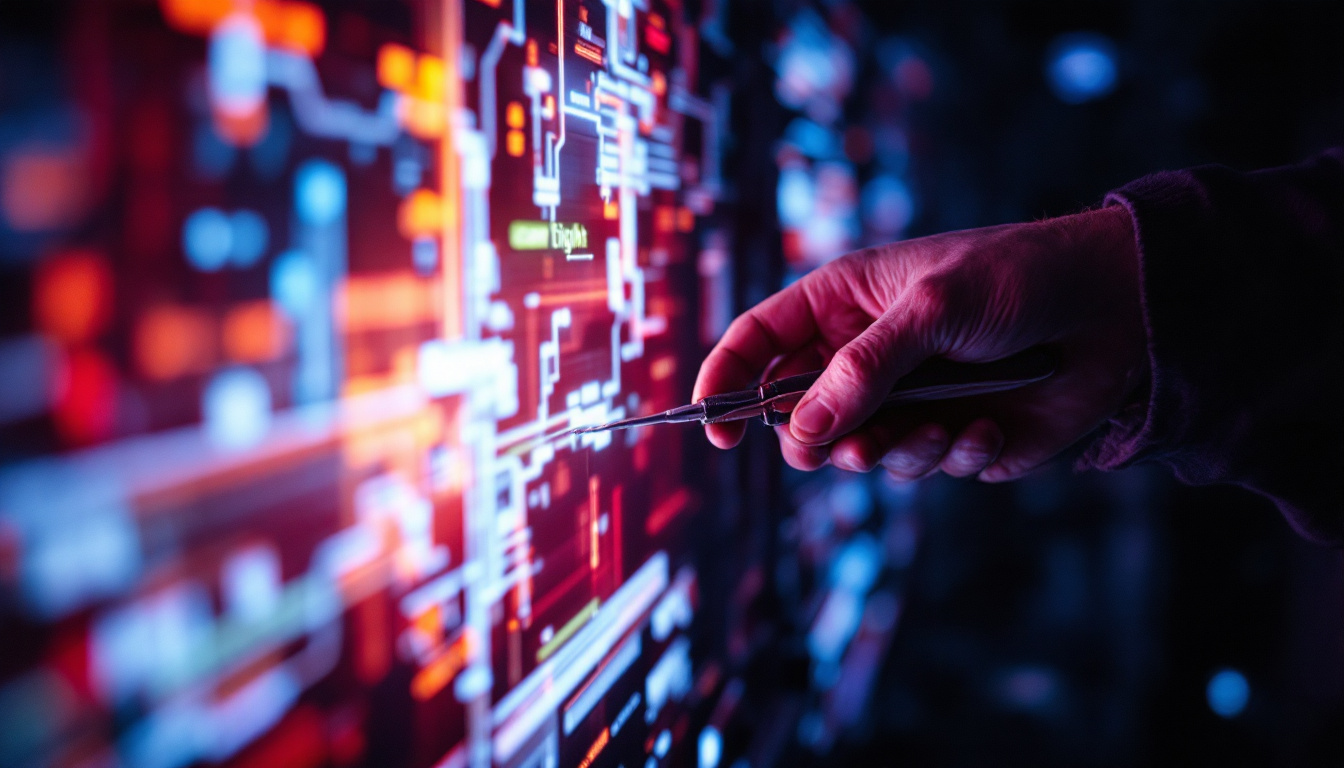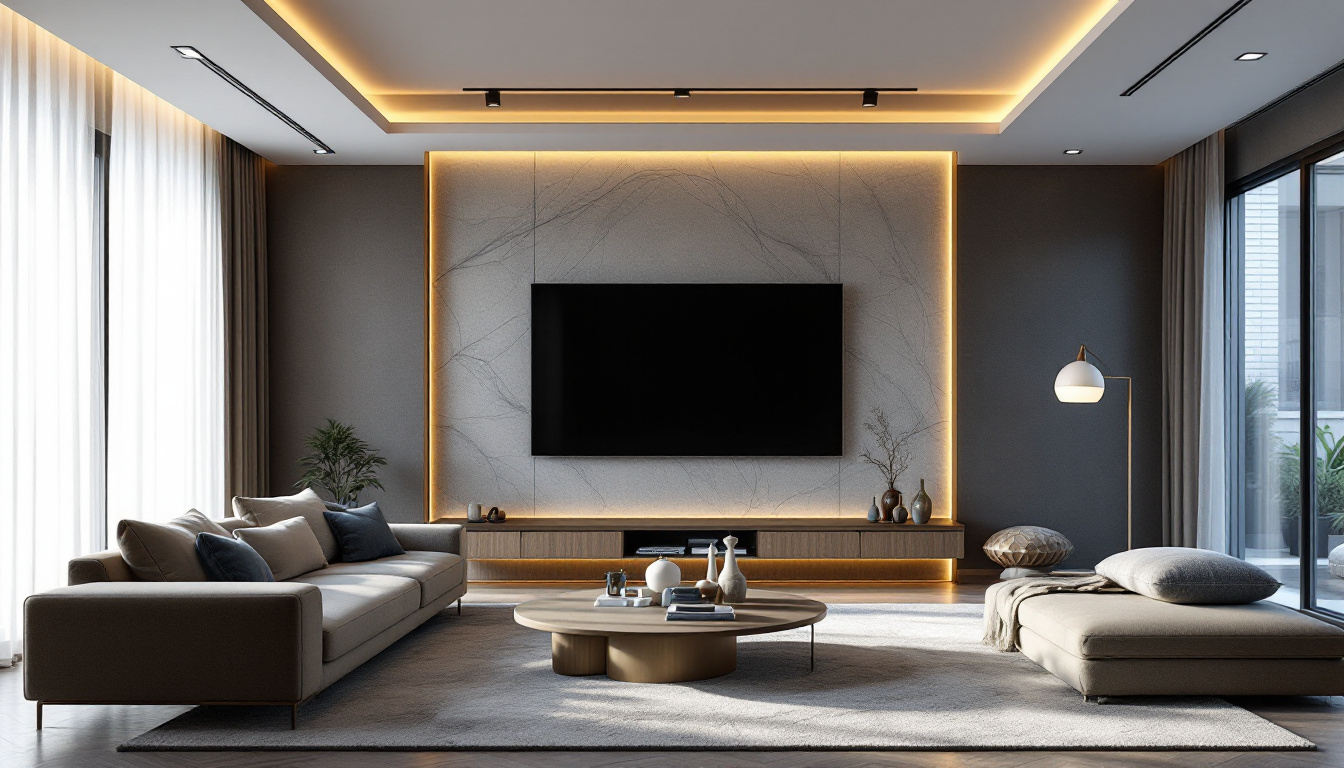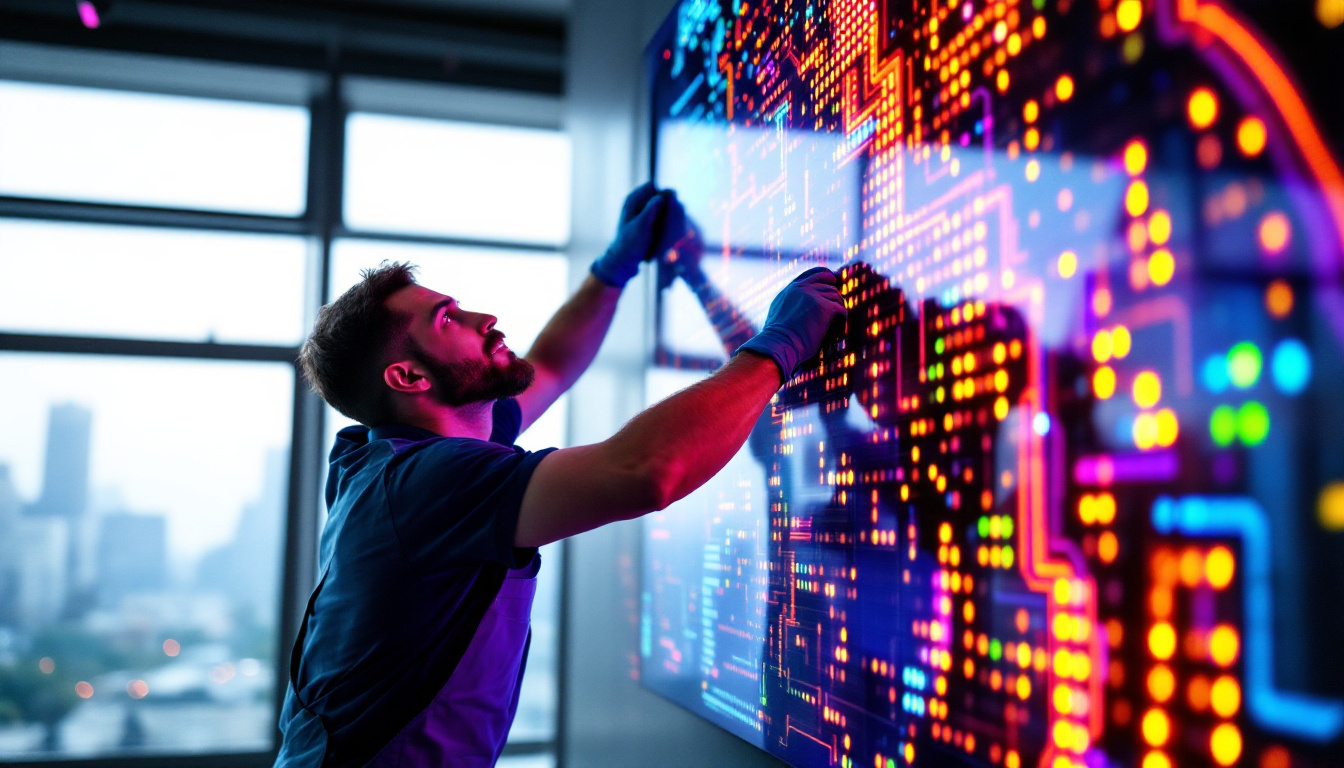In today’s fast-paced digital world, the demand for efficient multitasking has led many professionals to adopt dual monitor setups. This configuration not only enhances productivity but also provides a more immersive experience for various tasks, from graphic design to coding. Coupled with a reliable monitor stand, this setup can transform a workspace into a hub of creativity and efficiency. This article delves into the intricacies of dual monitors and stands, focusing on LED display technology and its advantages.
Understanding Dual Monitor Setups
A dual monitor setup involves the use of two screens connected to a single computer. This configuration allows users to extend their desktop environment, providing more screen real estate for applications and tasks. The benefits of such a setup are numerous, ranging from improved workflow to enhanced gaming experiences.
Benefits of Dual Monitors
One of the primary advantages of dual monitors is the ability to multitask effectively. Users can have multiple applications open simultaneously, which is particularly beneficial for professionals who need to reference documents while working on projects. For instance, a graphic designer can have design software open on one screen while using a web browser for research on the other.
Moreover, dual monitors can significantly reduce the time spent switching between applications. This seamless transition allows for a more fluid workflow, which can lead to increased productivity. Studies have shown that users with dual monitors can complete tasks up to 20-30% faster than those using a single screen. In addition to professionals, gamers also benefit from dual monitor setups, as they can have a game running on one screen while keeping an eye on chat windows, streaming software, or even tutorials on the other, creating a more immersive and interactive experience.
Choosing the Right Monitors
When selecting monitors for a dual setup, several factors should be considered. Screen size, resolution, and panel type are critical elements that can affect the overall experience. For instance, larger screens with higher resolutions provide clearer images and more workspace, while different panel types (such as IPS, TN, or VA) offer varying levels of color accuracy and viewing angles. Users who work with graphics or video editing may prefer IPS panels for their superior color reproduction, while gamers might opt for TN panels for their faster response times.
Additionally, it’s essential to ensure that the monitors are compatible with the computer’s graphics card. Most modern graphics cards support multiple displays, but checking specifications beforehand can prevent potential issues. Furthermore, considering the ergonomics of your setup is crucial; adjustable stands or VESA mounts can help position the monitors at eye level, reducing neck strain and improving comfort during long working hours. Cable management is another aspect to keep in mind, as a tidy workspace can enhance focus and reduce distractions, making the dual monitor experience even more enjoyable.
LED Display Technology
Light Emitting Diode (LED) technology has revolutionized the way displays are manufactured and perceived. LED monitors are known for their vibrant colors, high contrast ratios, and energy efficiency. Understanding how LED displays work and their advantages can help users make informed decisions when setting up their dual monitor systems.
How LED Displays Work
LED displays utilize semiconductor technology to emit light. Unlike traditional LCD monitors that use fluorescent backlighting, LED monitors use an array of tiny diodes to produce light. This results in brighter displays with better color accuracy and contrast. There are two main types of LED displays: edge-lit and backlit. Edge-lit displays use LEDs around the edges of the screen, while backlit displays use a full array of LEDs behind the screen.
Furthermore, LED technology allows for thinner and lighter monitors, making them ideal for dual setups where space may be limited. The reduced power consumption of LED displays also contributes to lower energy bills, making them an environmentally friendly choice.
Advantages of LED Monitors
LED monitors offer several advantages over traditional display technologies. One of the most notable benefits is their superior color reproduction. This is particularly important for graphic designers and photographers who rely on accurate color representation for their work. Additionally, LED monitors typically have faster response times, which can enhance the gaming experience by reducing motion blur.
Another significant advantage is the longevity of LED displays. They tend to have a longer lifespan compared to traditional monitors, which means less frequent replacements and lower long-term costs. This durability makes them an excellent investment for both home and professional environments.
Monitor Stands: Enhancing Ergonomics
While dual monitors can significantly improve productivity, the way they are positioned is equally important. Monitor stands play a crucial role in ensuring that screens are at the correct height and angle, promoting better posture and reducing the risk of strain during prolonged use.
Types of Monitor Stands
There are various types of monitor stands available, each catering to different needs and preferences. Fixed stands are the simplest option, providing a stable base for monitors. However, they lack flexibility in terms of height adjustment.
On the other hand, adjustable stands allow users to customize the height and angle of their monitors. This feature is particularly beneficial for individuals who spend long hours at their desks, as it helps to maintain a comfortable viewing position. Some stands even come with built-in cable management systems, helping to keep the workspace tidy and organized.
Benefits of Using a Monitor Stand
Using a monitor stand can significantly enhance the overall user experience. Proper monitor height can help prevent neck and back strain, which is a common issue for those who work long hours at a computer. By positioning the monitor at eye level, users can maintain a neutral posture, reducing the risk of discomfort.
Additionally, monitor stands can free up valuable desk space. By elevating the monitors, users can utilize the area beneath for storage or other office essentials. This not only creates a more organized workspace but also contributes to a cleaner aesthetic.
Setting Up a Dual Monitor System
Successfully setting up a dual monitor system requires careful planning and consideration. From selecting the right monitors to configuring the display settings, each step is crucial for achieving the desired results.
Physical Setup
Begin by determining the best physical arrangement for the monitors. Depending on the available desk space, users can place the monitors side by side or stack them vertically. The choice will depend on personal preference and the nature of the tasks being performed.
Once the physical arrangement is established, it’s time to connect the monitors to the computer. Most modern computers support multiple displays through HDMI, DisplayPort, or VGA connections. Ensuring that the correct cables are used and securely connected is vital for a seamless setup.
Configuring Display Settings
After the monitors are physically set up, the next step involves configuring the display settings. This can usually be done through the operating system’s display settings menu. Users can choose to extend their desktop across both monitors or duplicate the display, depending on their needs.
Adjusting the resolution and orientation of each monitor is also essential for optimal performance. Ensuring that both monitors are set to their native resolution will provide the best image quality. Additionally, users can customize the arrangement of the monitors in the settings, allowing for a smooth transition of the cursor between screens.
Common Challenges and Solutions
While dual monitor setups offer numerous benefits, users may encounter challenges during the installation and usage phases. Understanding these common issues and their solutions can help ensure a smooth experience.
Screen Flickering and Resolution Issues
One of the most common problems users face is screen flickering or resolution discrepancies between the two monitors. This can often be resolved by updating the graphics drivers or adjusting the display settings. Ensuring that both monitors are connected to the same graphics card can also mitigate these issues.
In some cases, users may need to manually set the resolution for each monitor in the display settings. Ensuring that both monitors are set to their native resolutions can eliminate flickering and improve overall image quality.
Ergonomic Challenges
Another challenge that may arise is discomfort due to improper monitor positioning. To address this, users should invest in a quality monitor stand that allows for height and angle adjustments. Regular breaks and stretches can also help alleviate strain during long working hours.
Additionally, users should consider the lighting in their workspace. Glare from windows or overhead lights can affect visibility and contribute to eye strain. Positioning monitors away from direct light sources and using anti-glare screens can enhance comfort and productivity.
Conclusion
In conclusion, a dual monitor setup, complemented by a suitable monitor stand, can significantly enhance productivity and comfort in the workplace. Understanding the benefits of LED display technology, selecting the right monitors, and ensuring proper ergonomic positioning are all essential elements for creating an efficient workspace.
As technology continues to evolve, the options for dual monitors and stands will only expand, offering users even more ways to optimize their setups. By investing in quality displays and ergonomic solutions, individuals can create a workspace that not only meets their professional needs but also promotes overall well-being.
Ultimately, the combination of dual monitors and a well-designed stand can transform the way users interact with their digital environments, making tasks more manageable and enjoyable. Whether for work or leisure, embracing this setup can lead to a more productive and fulfilling experience.
Discover LumenMatrix’s Innovative LED Solutions
Ready to elevate your workspace and enhance your productivity with advanced LED technology? Look no further than LumenMatrix, a pioneer in crafting immersive LED display modules tailored to your needs. From vibrant Indoor and Outdoor LED Wall Displays to dynamic Vehicle and Sports LED Displays, LumenMatrix offers a comprehensive range of solutions designed to revolutionize your visual communication. Experience the future of digital signage with our Custom, All-in-One, and Transparent LED Displays. Check out LumenMatrix LED Display Solutions today and transform your professional environment with unparalleled clarity and impact.

